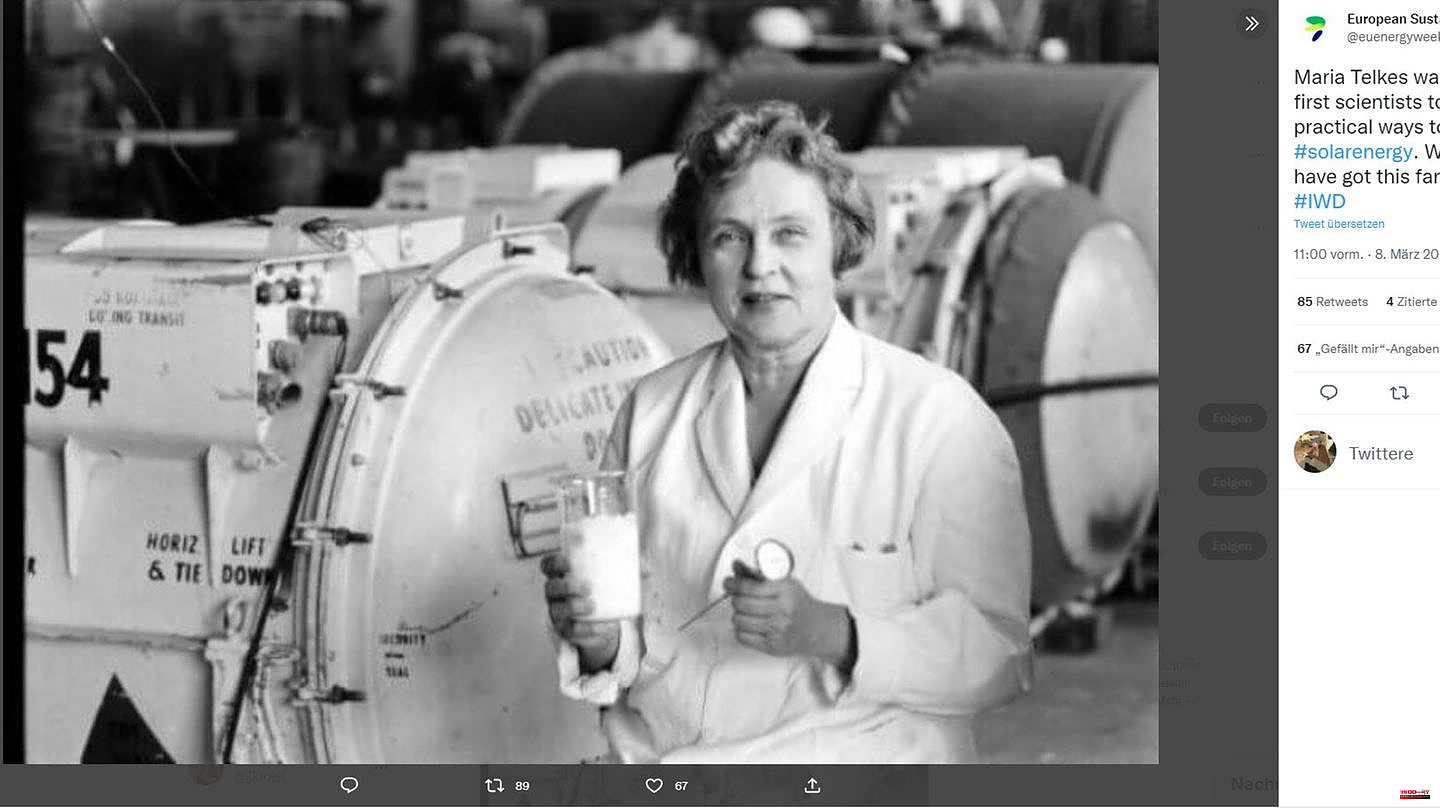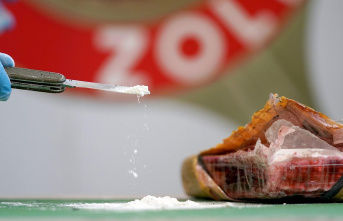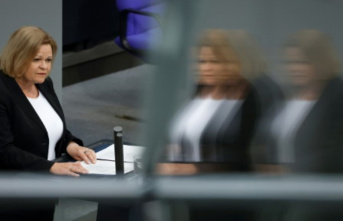Even as a schoolgirl, Maria Telkes was interested in the problems of solar energy. Originally from Hungary, the scientist came to the United States in 1925 with a doctorate in physical chemistry from the University of Budapest. After working as a biophysicist at the Cleveland Clinic for twelve years, she joined the research laboratories of the Westinghouse Electric Corporation, a US corporation that mainly manufactured electrical engineering products.
In 1937 she became an American citizen and continued her career at the Massachusetts Institute of Technology (MIT). There she worked on thermoelectric devices powered by sunlight. The scientist was then assigned to the U.S. Assigned to the Office of Scientific Research and Development, it was there that he made one of her greatest inventions: the solar still, a solar-powered water desalination machine capable of evaporating seawater and recondensing it into potable water. This small device made of clear plastic sheeting was particularly useful on life rafts during the war. It was used as part of emergency medical kits.
In 1948, together with the architect Eleanor Raymond, Telkes succeeded in developing the first solar-heated house. The "Sun House" was probably the first house to implement a passive concept of solar energy. This means that no additional active elements were needed to generate electricity to heat the house. Eleanor Raymond managed to construct the house in such a way that it could be heated exclusively with solar energy all year round. The system worked with sunlight falling through the glass windows, heating the air inside the glass. This heated air then passed through a metal plate into another air space. From there, fans conveyed the air to a storage room filled with salt (sodium sulphate). The salt melted in the sun, locking in heat and releasing it as it cooled and hardened. Located between the walls, these salt chambers heated the house while the salt cooled. Even without active photovoltaic elements, the house managed without heating due to its special construction.
Telkes designed two other homes that used solar energy and received about 20 patents (distillation devices, portable seawater desalination on life rafts, heat storage, cold storage). She designed, built and tested solar thermoelectric generators for terrestrial and space applications. The scientist recognized that the stoves of the 20th century had to be fuel-efficient and designed one of her most well-known inventions: the solar oven.
The Ford Foundation awarded Telkes a $45,000 grant in 1952 to continue development of their solar oven. This grant allowed her to add even more features to the oven: her solar ovens are designed to be used to prepare all dishes. They can be used safely by children. In addition, they don't burn food and you don't have to stir the food all the time.
In 1952, while at MIT, Telkes received the first Achievement Award ever presented by the Society of Women Engineers in recognition of her meritorious contributions to the use of solar energy. In addition, she became known as one of the pioneers in the use of solar energy when she received the Charles Greeley Abbot Award (conferred by the American Solar Energy Society) in 1977. An asteroid was also named after her in 2021. Maria Telkes died on December 2, 1995 - ten days before her 95th birthday. Google dedicated a Doodle to her in December 2022.
Watch the video: The concept is very simple: A photovoltaic module on the balcony can produce solar energy for your own use. This also saves a little money. The left in Bremen now wants to promote the systems and reduce bureaucracy in the process. Here's what you need to know about the "power plants".
Sources: web.archive.org, invent.org, scihi.org












